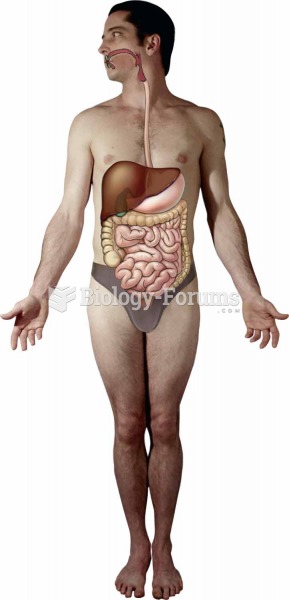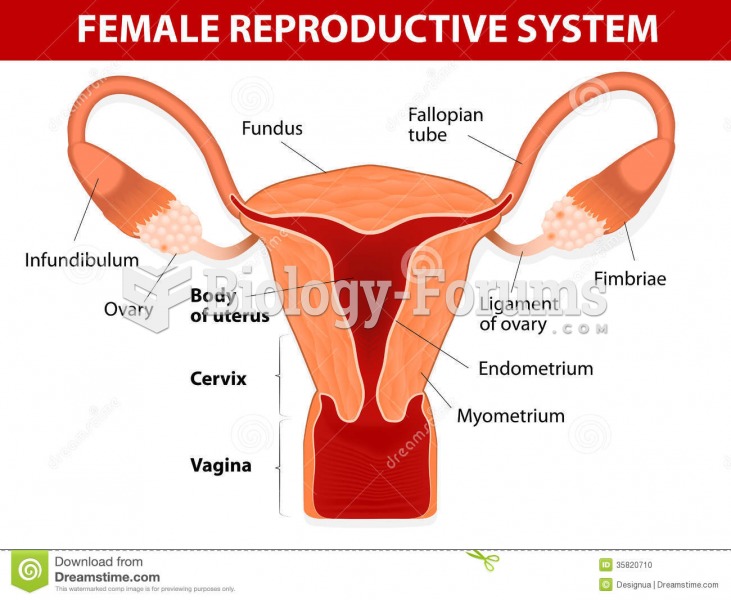Answer to Question 1
ANS: D
Structures of care are the elements of organization and administration that guide the process of care. These elements might be leadership, tolerance of innovativeness, organizational hierarchy, decision-making processes, distribution of power, financial management, and administrative decision-making processes.
Practice styles are a dimension of process of care and influence quality. Structures of care are the elements of organization and administration that guide the process of care. These elements might be leadership, tolerance of innovativeness, organizational hierarchy, decision-making processes, distribution of power, financial management, and administrative decision-making processes.
Processes of care are guided by structures of care, which include the elements of organization and administration. These elements might be leadership, tolerance of innovativeness, organizational hierarchy, decision-making processes, distribution of power, financial management, and administrative decision-making processes.
Quality of care is the overriding goal and not a specific aspect of quality health care. Structures of care are the elements of organization and administration that guide the process of care. These elements might be leadership, tolerance of innovativeness, organizational hierarchy, decision-making processes, distribution of power, financial management, and administrative decision-making processes.
Answer to Question 2
ANS: D
Providing more and better care can lead to increased costs in the short-term analysis, but is also likely to produce savings because of fewer complications, return visits for complications, and increased patient and health care provider satisfaction, leading to subsequent visits for other concerns and referrals.
There is no evidence that long-term savings actually occur when a hospital implements these strategies. In fact, recent research findings demonstrate that increased mortality and complications occur with decrease in BSN-prepared nursing staff numbers in relation to patient numbers.
Longer stays do not necessarily improve the economic outlook of hospitals. Longer stays can result in reduced profit, particularly when payment is based on average cost of stay for standard procedures and illnesses.
Although costs do go up when providing quality care, there are also cost savings, often resulting in no difference in total profits.







